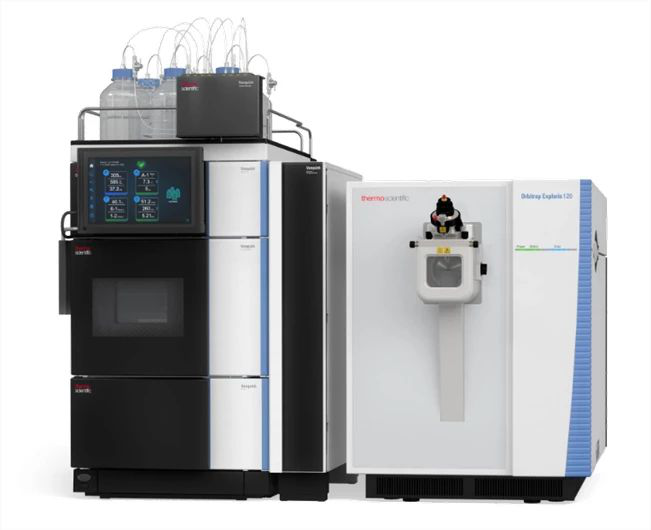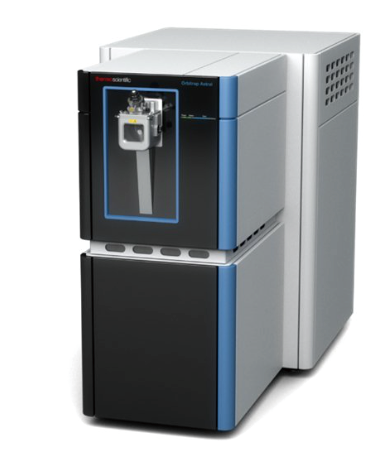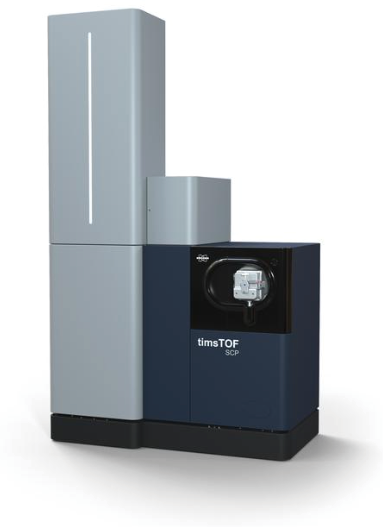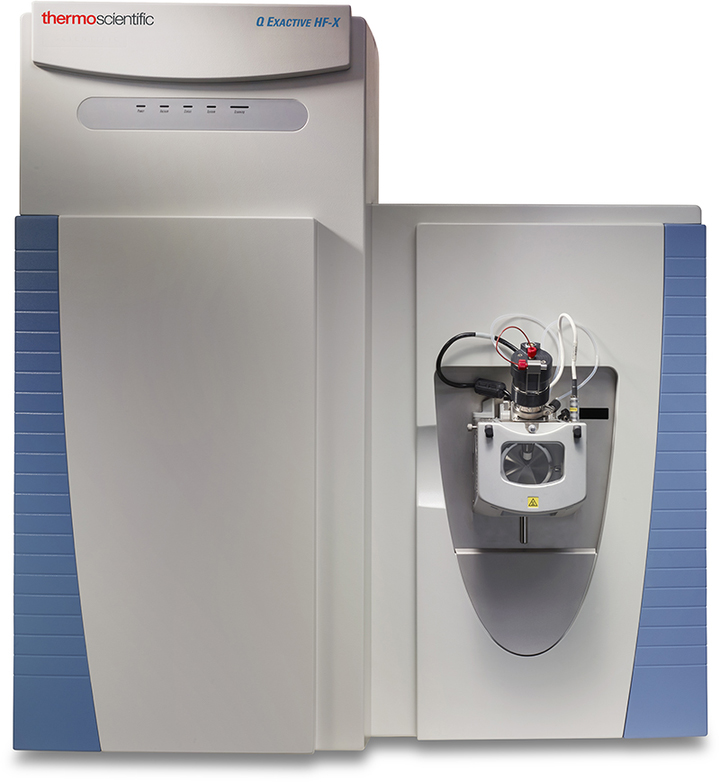Abstract
Background
As important female reproductive tissues, the rice (Oryza sativa
L.) ovule and female gametophyte is significant in terms of their
fertility. Long noncoding RNAs (lncRNAs) play important and wide-ranging
roles in the growth and development of plants and have become a major
research focus in recent years. Therefore, we explored the
characterization and expression change of lncRNAs during ovule
development and female gametophytic abortion.
Results
In
our study, whole-transcriptome strand-specific RNA sequencing
(ssRNA-seq) was performed in the ovules of a high-frequency
female-sterile rice line (fsv1) and a wild-type rice line
(Gui99) at the megaspore mother cell meiosis stage (stage 1), functional
megaspore mitosis stage (stage 2) and female gametophyte mature stage
(stage 3). By comparing two rice lines, we identified 152, 233, and 197
differentially expressed lncRNAs at the three ovule developmental
stages. Functional analysis of the coherent target genes of these
differentially expressed lncRNAs indicated that many lncRNAs participate
in multiple pathways such as hormone and cellular metabolism and signal
transduction. Moreover, there were many differentially expressed
lncRNAs acting as the precursors of some miRNAs that are involved in the
development of ovules and female gametophytes. In addition, we have
found that lncRNAs can act as decoys, competing with mRNAs for binding
to miRNAs to maintain the normal expression of genes related to ovule
and female gametophyte development.
Conclusion
These
results provide important clues for elucidating the female gametophyte
abortion mechanism in rice. This study also expands our understanding
about the biological functions of lncRNAs and the annotation of the rice
genome.
Text link:
https://www.ncbi.nlm.nih.gov/pmc/articles/PMC6348626/




















